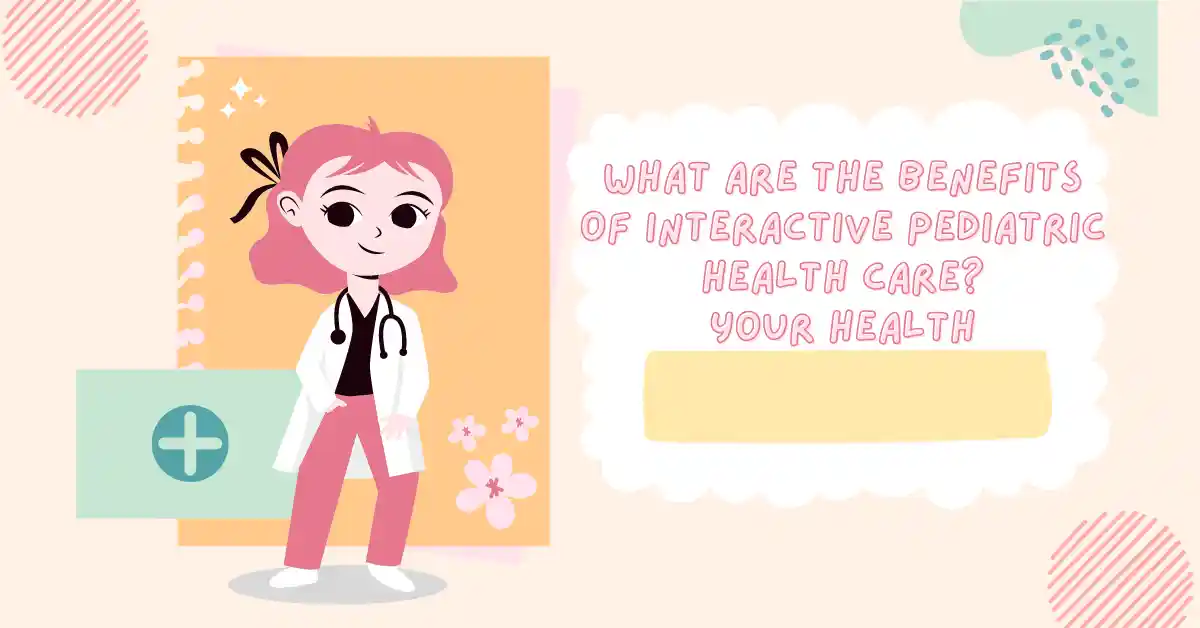The benefits of interactive pediatric health care can range from improved access to information and reduced stress to better communication with clinicians. However, some barriers may prevent this treatment type from being widely adopted.
The ability of interactive multimedia (MI) to improve child-clinician communication is promising. It also helps educate children about their health, enhancing self-efficacy between 7 to 11-year-olds and promoting health behavior change.
Easy Access to Information
The Internet has various health-related information and social resources that children and young people with long-term conditions are likely to seek. These can include professional and academic articles, people’s opinions and experiences living with the disease, and opportunities to connect with others with similar long-term conditions.
Using these online resources can also carry some risks for children and young people with long-term conditions. Primary care practitioners may be well placed to discuss with children, young people, and their families the risks and benefits of using these resources. They could help children and young people to think about whether the benefits they believe they will gain from using particular sites outweigh any problems they might cause and how best to manage negative comments or concerns that online resources create.
Reduced Anxiety
In many cases, children’s anxiety can be severe and out of control before a medical procedure or surgery. This can negatively impact the child’s experience and even their physical comfort.
IPHC can help reduce anxiety by providing a safe environment, calming music and soothing activities. It can also help parents calm down by offering them a place to communicate with the medical team and share their concerns.
Invasive procedures like venipuncture can cause significant pain and anxiety in the patient and the caregiver. To minimize this, distraction techniques have been introduced to the phlebotomy process.
Better Communication
Patients and their families are a vital part of the healthcare team, and the quality of communication between patients and doctors is essential to adequate medical care. This is especially true in children’s hospitals, where parents are often anxious and constantly seeking information and support from staff.
One way to communicate better with patients and their families is by ensuring that the information you provide them is appropriate for their age and understanding. This can help ease their anxiety and make the process easier.
For example, if a child has an asthma attack and needs a lung assessment, you should ensure that they understand what is being done by allowing them to practice taking deep breaths first. This can help them feel comfortable and relaxed before you start the procedure, improving your chances of a successful outcome. This also helps to strengthen their trust in you and your ability to do the job.
Reduced Stress
Despite their age and development, children can show distress when engaging with medical professionals in healthcare settings. They may exhibit aggressive, withdrawal or regression behavior as they anticipate care or experience it. This is often called healthcare-induced anxiety and trauma.
To mitigate these emotional responses, it is essential for healthcare providers to become skilled in preventing and reducing childhood trauma. This is done through trauma-informed, strengths-based approaches to pediatric care.
A patient-centered service design approach was used to develop an eHealth solution that diminishes preprocedural stress and anxiety among children visiting the hospital’s outpatient clinic. The app was evaluated on use, usability and user experience in practice and gained insight into the opinions and experiences of children and caregivers to inform future improvements.
The e-modules were offered to medical students, attending physicians and general academic pediatric fellows who participated in the Healthy Generations Teen-Tot Program through Children’s National Health System and have primary care practice at CNH.

1 comment
[…] in particular, are some of the best advocates for the children that they serve and work with. In pediatric nursing, advocacy is central to the diligent care of a child because of their vulnerability and inability […]